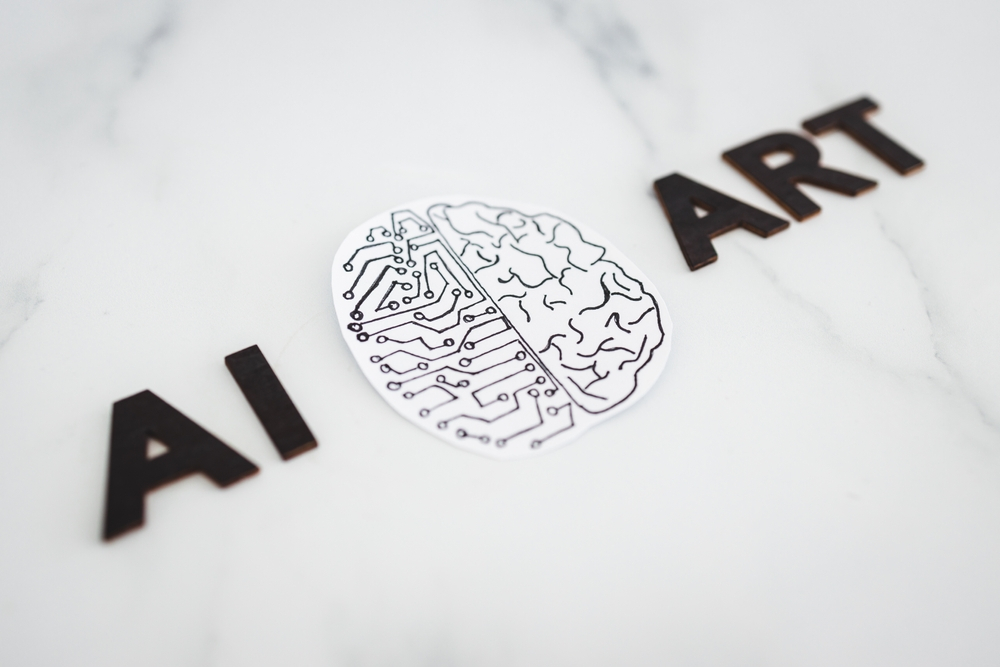Audi e-tron batteries could supply villages in Africa with electricity
The mobility of the future will happen (at least in part) with the help of electric vehicles. New registrations are increasing every year in this country and more and more car manufacturers will say goodbye to the combustion engine for many models in the next decade. The latest example is the BMW Group, which would like to lead its British brand Mini into an electric future over the next few years. But what happens to the vehicles, especially the batteries, after their useful life?
This question is currently being discussed in many places. After all, most cells are not yet designed and built to be smoothly and (almost) completely recyclable. The future will likely lie between a dystopia in which the junkyards overflow with battery waste and a world in which everything is recycled.
Africa GreenTec and the Ingolstadt car manufacturer Audi have now announced an interesting collaboration. Batteries from the Audi e-tron are intended to be given a second life after use in the vehicle and to ensure the supply of electricity at night in rural regions of Africa. So-called solar containers, which generate energy during the day and store it in the “old” batteries, form the basis.
Because when the batteries can no longer be used in cars, there is usually enough capacity left in the cells to be used in other areas. After the batteries have been charged during the day, they return the charge at night via an intelligent power grid with a prepaid tariff system.
With the batteries from Ingolstadt, at least 50 villages should have access to sustainable electricity. Should the end of their life cycle be reached, Audi will take back the batteries and recycle them properly. So the countries will not be left in the lurch in this task.
If the project catches on, other villages could follow in the future, and it is conceivable that other car manufacturers will also take part in this project. The battery problem of the future could be solved at least partially in this way.
Via Press portal


